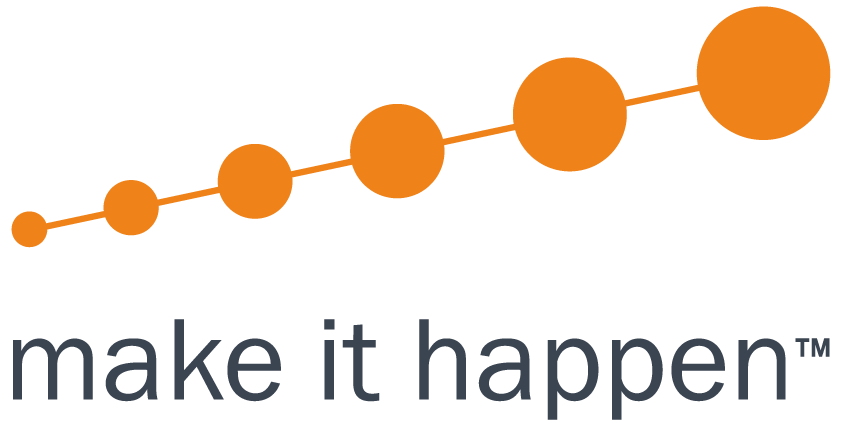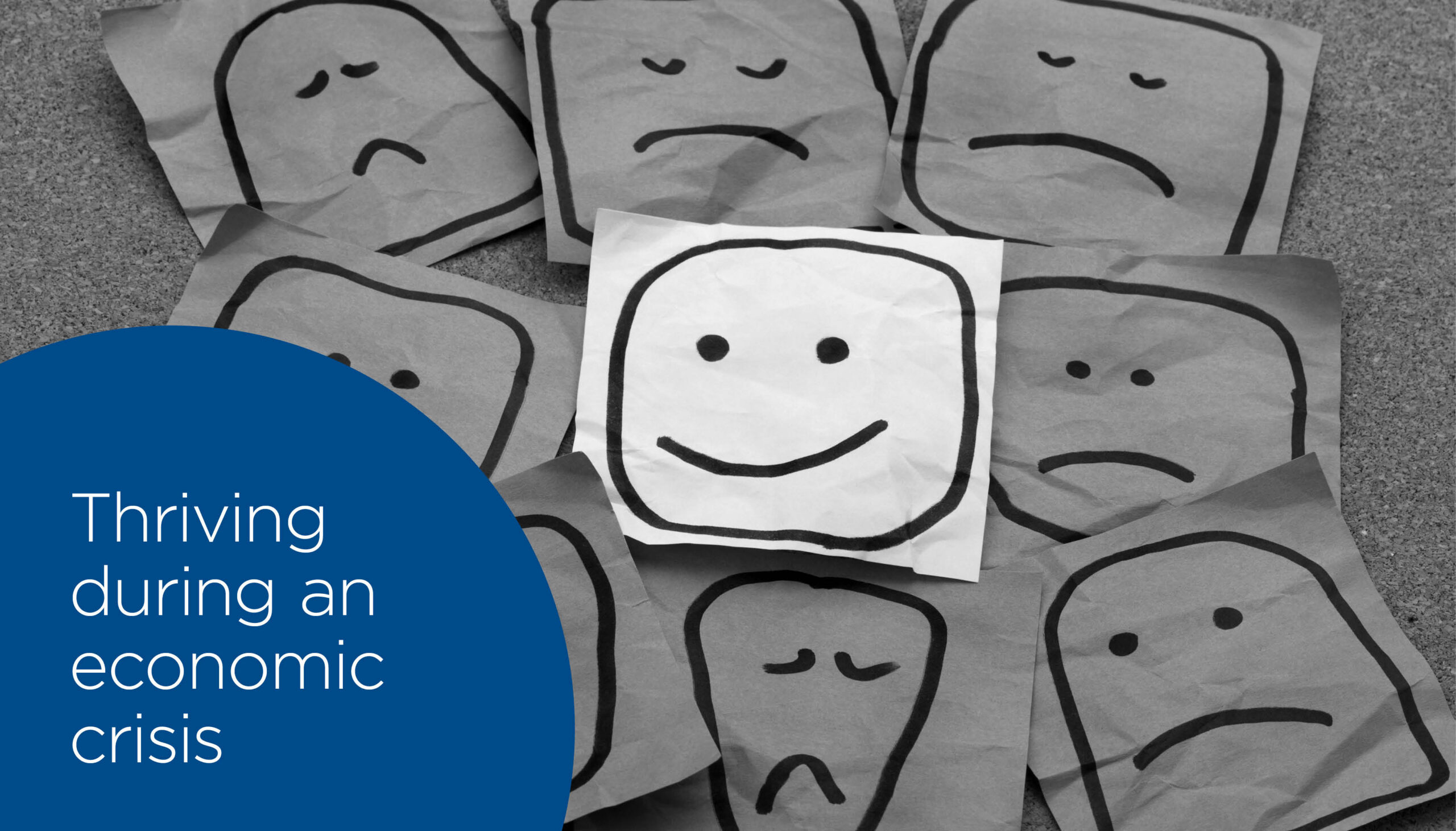The economic climate is constantly changing, and during times of financial crisis it can be difficult to maintain successful donor engagement. But with the right strategies in place, non profit organisations can still thrive even during tough times.
First up, understanding the current economic situation
Before you can take any steps, you need to understand the lay of the land. In times of economic growth, organisations can get away with focusing on their marketing campaigns. In tighter times, it’s more important to knuckle down and identify the key economic trends and indicators that can impact your donors.
Here are some questions to ask:
- What strategies are other organisations putting into place? Are they successful?
- Will cuts in funding or reduced donations impact your ability to deliver services?
- What are the long-term impacts of any changes you’re considering making?
- What insights can staff directly involved with donor engagement give you?
- What insights can volunteers and community leaders give you?
Remember, any sudden, drastic changes may impact your relationship with your donors.
Next, evaluate and adjust your donor engagement strategy.
Once you understand the general economic situation and how your donors are impacted, it’s time to examine your current donor engagement strategy.
Look at your current communication channels and outreach activities, including how often you’re reaching out. What changes have you noticed in your donation amounts, donation frequency, and engagement in your communications.
If donors are less likely to sign up to a regular donation, will they donate more without an ongoing commitment? Can you provide people with more options around the amount and frequency of their donations? Perhaps your messaging needs to be adjusted to acknowledge their own tightened circumstances.
Prioritise current donors over new donors
Prioritising your current donors can help you use your resources as efficiently as possible. After all, you know that people who have donated before believe in your cause and want to help.
Analysing donor behaviour is an important step in understanding where additional targeting may be beneficial or what could be improved upon. This process can help you figure out which existing donors might need some more nurturing and which ones might still want to donate but at a different amount or frequency.
Even during difficult times, personalised emails, targeted campaigns, and other initiatives will help build trust and keep existing donors engaged with your organisation. Don’t forget to send out personalised thank-you messages, reminding them why they chose to support your cause in the first place and demonstrating the impact their donations have had.
Even if your donations go down, working on your relationship with your current donors will set you up for success when conditions improve again.
How to know when your current donor pool is fatigued
While prioritising current donors is a wise course of action, looking out for signs of donor fatigue will help you know when it’s time to concentrate your efforts on recruiting new ones.
Why do donors get fatigued? There are four key reasons:
- They receive too many communications from you.
You might be passionate about your cause, but more isn’t always more. One well-crafted email can have a greater impact than 10 emails without any strategy behind them. Too many attempts at communication can leave your donors feeling overwhelmed and uninspired. - They receive too many communications, full stop.
Remember you might not be the only non profit they’re receiving communications from. Not to mention the constant barrage of marketing and information people deal with daily. - They’re not clear on the impact they make.
Feeling useful is a strong motivator. If your communications don’t focus on the impact, or only share top level impacts without getting into detail, your donors might start to feel helpless or apathetic. Showing what can be achieved with specific dollar amounts is a great way to combat this. - Your messaging doesn’t resonate anymore.
Messaging is even more important for non profit organisations than for businesses because the ‘benefit’ you’re ‘selling’ is an emotional one rather than a product. You’ll have to work harder to build and maintain emotional relationships.
How do you know if your donors are fatigued?
Key metrics to look at include:
- Donation frequency
- Donation amounts
- Donor feedback/surveys
- Returning website visitors
- Click through rates
- Opt-out rates
Using storytelling to build deeper emotional connections
Whether you’re nurturing new donors or maintaining current or previous ones, storytelling is key to building the connection that keeps donors donating.
When crafting a story, make sure you include the following elements:
- Impact, big and small.
- Personal stories around the beneficiaries of your organisation’s work
- Photos, videos, and infographics
- Your organisation's key values and goals
- A call to action
At a time when money is tight and the economic crisis affects us all, storytelling can be especially powerful for creating deeper emotional connections between organisations and donors. By accurately conveying the impact that donations have on those in need, you can inspire potential donors to take action and contribute meaningful funds that will help ensure that essential services continue even in tough times.
Maximise your online presence
In order to maximise their online presence during an economic crisis, organisations should leverage social media, create a blog, set up email campaigns, and create donation pages. Social media platforms such as Facebook, Twitter, and Instagram are powerful tools for engaging with supporters and donors. These platforms allow organisations to share stories about the impact of their work and reach new audiences in a cost-effective manner.
Creating a blog is another way to engage with potential donors. By providing helpful content related to the organisation’s mission and values, it can help build trust between the organisation and its audience. Additionally, creating email campaigns allows organisations to keep donors informed about relevant news and opportunities for engagement.
Finally, setting up donation pages on websites or through third-party services such as GoFundMe can be extremely beneficial for organisations trying to raise funds during an economic crisis. Not only do these pages provide potential donors with all the information they need in order to make a contribution but they also provide organisations with data that can be used for measuring performance, analysing trends over time, and assessing donor behaviour.
Using visuals throughout all of these activities is also important for catching attention and inspiring action from potential supporters. Images are often much more effective than text at conveying a story or message in a short amount of time which makes them perfect for online platforms where people often have limited attention spans.
By leveraging social media platforms, creating blogs and emails campaigns, setting up donation pages, as well as using visuals throughout the process, organisations can ensure that their message reaches the right people even during an economic crisis – inspiring them to take action and contribute meaningful donations towards essential services.
Optimise your fundraising channels
When economic times are tough, it’s important to look both inwards and outwards. Focus your resources on your most effective fundraising channels. Look at the data from past fundraising campaigns and optimise them as best you can.
Make donating online as smooth and easy as possible. Your digital presence needs to have clear messaging, a clear user journey and considered design, and secure payment processors.
Exploring new ways to reach potential donors through social media campaigns can also help improve donor engagement during an economic crisis. Creating content tailored towards particular audiences is a great way to reach new people who may not be familiar with your organisation’s mission or work.
Engaging with followers through comments or direct messages can give you valuable insight into what they’re looking for in terms of donations or partnerships and how you can better meet their needs.
Finally, testing different marketing messages to see which ones have the highest conversion rates can be very beneficial when it comes to donor engagement during an economic crisis.
Experimenting with different headlines, visuals, calls-to-action, and other elements of copywriting can help you find the messaging that resonates most strongly with your target audience and encourages them to take action.
As always, analyse your results and optimise, optimise, optimise. What worked in the past may or may not work during a recession. It’s important to take into account any changes in donor behaviour since the beginning of the crisis and how this may have impacted fundraising efforts. By understanding how donors are responding to new challenges, organisations can ensure they are creating strategies that will be effective in engaging them during tough times.
Finally, prioritising data quality is essential when analysing results in order to ensure accurate analysis. This includes making sure data is up-to-date, collecting feedback from stakeholders on a regular basis, and implementing processes that promote accurate reporting. With a clear focus on data quality, organisations can make sure they are making decisions based on reliable information rather than guesswork.
Looking for a marketing agency with years of experience helping non profit organisations effectively and efficiently reach their target audience? Book in a FREE consultation today.

